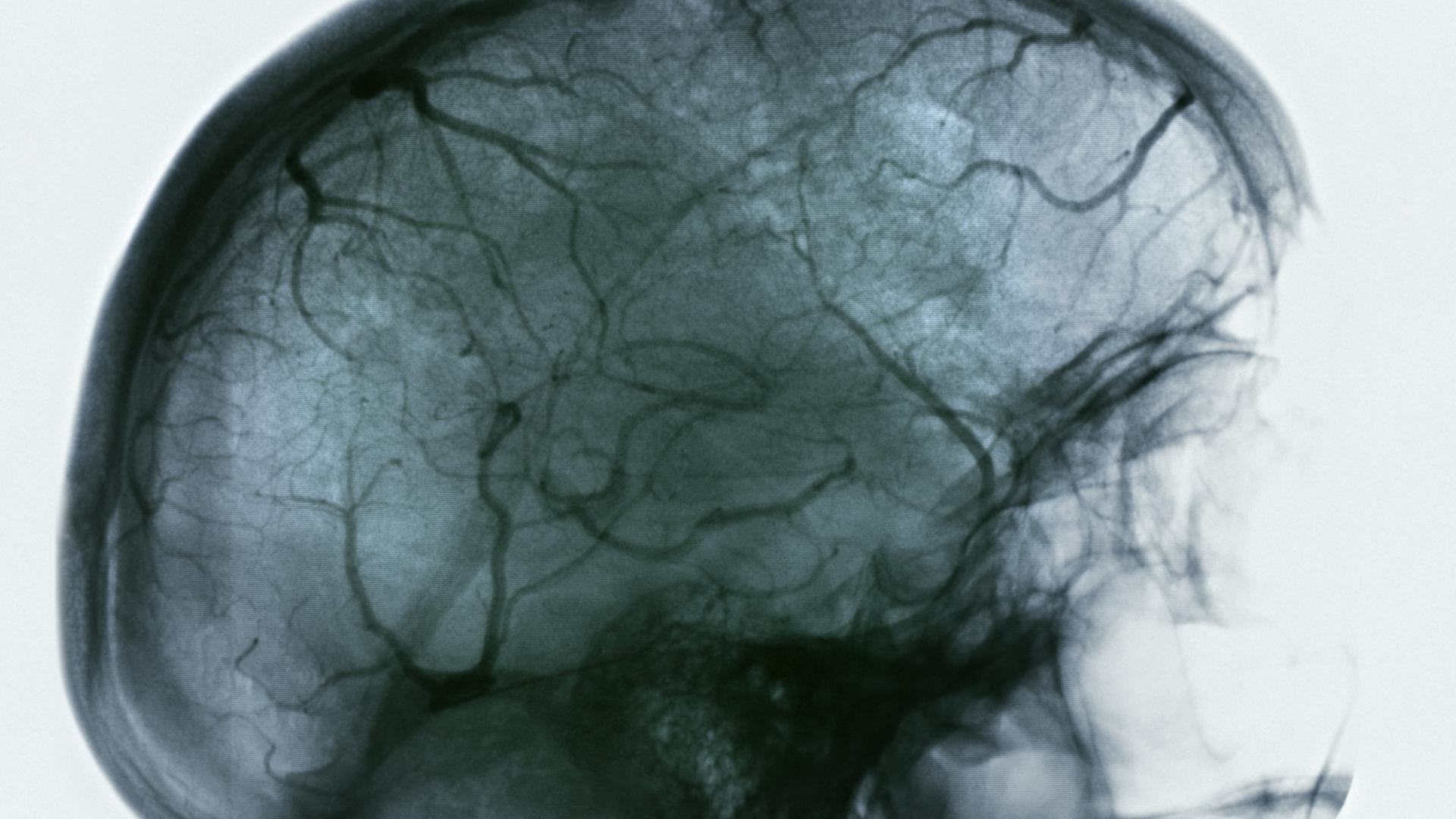Novel Amyloid-Beta Clearance Mechanisms at the Blood-Brain Barrier

About the Research Project
Program
Award Type
Standard
Award Amount
$250,000
Active Dates
July 01, 2015 - June 30, 2018
Grant ID
A2015548S
Co-Principal Investigator(s)
Pete Humphries, PhD, Trinity College Dublin (Ireland)
Goals
Alzheimer’s disease (AD) is characterized by accumulation of a small peptide, amyloid-beta, in the brain and a major factor in this build-up appears to be impaired clearance of amyloid-beta in AD of sporadic onset (i.e., non-familial forms). Positioned along the cerebral blood vessels, the blood-brain barrier (BBB) functions as a tightly regulated site of macromolecule exchange between the brain tissue and circulation. Previous work has identified transcellular receptors of amyloid-beta at the BBB. We have shown that paracellular tight junction protein complexes linking brain endothelial cells together are altered in AD, and that clearance of amyloid-beta is increased following modulation of targeted tight junction proteins. We propose to examine the role of novel tight junction proteins in AD and assess whether tight junction protein modulation in combination with monoclonal antibodies targeting amyloid-beta could act as a novel therapeutic strategy.
Summary
The primary goal of this research project is to develop a greater understanding of the integrity of blood vessels in the brain in the context of Alzheimer’s disease. In addition, we hope to develop a novel form of therapy aimed at removing the toxic amyloid-beta peptide from the brains of individuals with Alzheimer’s disease.
The brain is an energy-demanding tissue requiring nutriment and oxygen, while at the same time needing protection from other potentially harmful agents, for example, viral or bacterial particles which may be delivered by the circulation. For this reason, cells lining the walls of the fine capillaries that supply blood to the brain have tight junctions, which, as the name implies, reduce the space between these cells essentially to zero, forming an exceedingly tight seal. This barrier is termed the blood-brain barrier (BBB) and it performs the essential role of preventing the majority of blood-borne components from gaining access to delicate neural tissues. Here, we will examine how amyloid beta, a peptide that has previously been found to accumulate in the brains of Alzheimer’s disease patients, can exert an impact on the tight junctions and how we may be able to facilitate greater clearance of amyloid-beta from brain blood using a technology termed RNA-interference combined with current antibody-based developmental drugs.
We believe our project focuses on an area of Alzheimer’s disease pathology that has remained largely unexplored to date. In addition, the findings associated with this project have the potential to lead to a novel form of combination therapy for Alzheimer’s disease that could offer hope to patients and carers alike.
Once this study is completed, we hope to be in a position where we will have a more profound understanding of the “dysfunctional” BBB in Alzheimer’s disease. Added to this, we envision the development of a new form of therapy that could have multiple benefits in the clinical management of Alzheimer’s disease.
Related Grants
Alzheimer's Disease Research
Understanding the Choroid Plexus in Alzheimer’s Disease
Active Dates
July 01, 2025 - June 30, 2028

Principal Investigator
Monica Santisteban, PhD
Current Organization
Vanderbilt University Medical Center
Alzheimer's Disease Research
Changes in Cerebral Blood Flow and Dementia
Active Dates
July 01, 2025 - June 30, 2028

Principal Investigator
Daniel Bos, MD, PhD
Current Organization
Erasmus University Medical Center
Alzheimer's Disease Research
The Role of the Brain Vascular-Immune Processes in Alzheimer’s
Active Dates
July 01, 2024 - June 30, 2026

Principal Investigator
Julie Ottoy, PhD
Current Organization
Sunnybrook Research Institute






